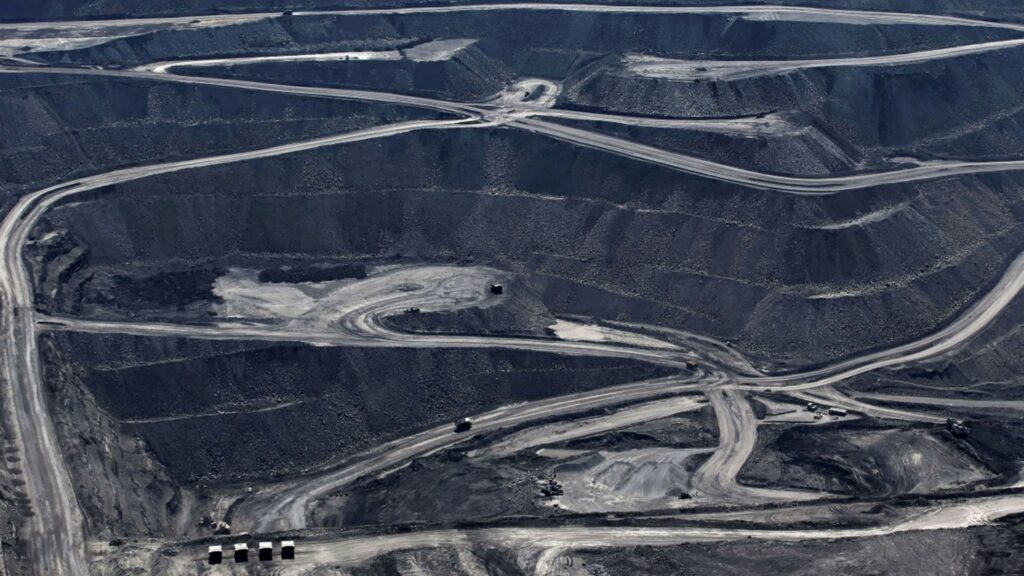Australia pledges $700m to protect the Great Barrier Reef

Australia said it would spend A$1bn ($700m) on new protection measures for the Great Barrier Reef, seven months after the UN threatened to put the site on its “danger list” because of the damage caused by climate change and development.
The coalition government of Prime Minister Scott Morrison made the pledge to improve water quality, crack down on illegal fishing and reduce the threat of an invasive starfish species ahead of a federal election that must be held by May 21.
Queensland, the state where the Great Barrier Reef is located, is pivotal to the government’s re-election chances. Some districts, including Leichhardt, which includes Cairns, the gateway to the reef, are seen as potential swing seats to the opposition Labor party, and about 64,000 jobs are linked to the site.
Australia became embroiled in a fight last year with Unesco, which had planned to put the reef on its danger list to prompt action to protect the 2,300km living structure from climate change and development. Research has found that the reef’s ability to recover from damage caused by warming global temperatures has been severely compromised, triggering a crash in coral replenishment.
The government successfully lobbied against the move but the debate put the health of the reef into the global spotlight. Unesco inspectors are due to conduct regular reviews of the site to monitor whether it is in danger.
The government said the new investment would take its total spending to protect the reef to A$3bn by 2050. The Labor party pledged A$163m towards reef protection this month.
“We are backing the health of the reef and the economic future of tourism operators, hospitality providers and Queensland communities that are at the heart of the reef economy,” Morrison said.
But the commitment has not soothed the concerns of environmental campaigners, who have long criticised the government over its climate change policies.
Terri Butler, shadow minister for the environment and water, said the plan was an admission that the government had not done enough to protect the reef. “They’re not serious about acting on climate change, which means they are not serious about standing up for the reef,” she said.
Jodie Rummer, a marine biologist at James Cook University, said the government’s focus was insufficient because it overlooked climate change, which she described as the “number one” threat.
“It would be like you’re in a massive car accident and you get an arterial wound, and you’re gushing blood from your arteries, and paramedics show up and they want to put little Band-Aids on scrapes and cuts that are on your foot,” said Rummer, who studies the effects of climate change on the reef.
The Australian government has committed to achieving net zero emissions by 2050 ahead of the COP26 climate summit in Glasgow last November. But critics have argued that its environmental policies remain inconsistent with the goals of the international climate treaties.
Rummer said warm conditions that she had not expected to see until 2050 or 2100 were “happening now”. She added that mass coral bleaching events as a result of three marine heatwaves in the past five years had hit 98 per cent of the reef.
Bleaching occurs when warm conditions force algae to detach from the coral, depriving it of its source of food and eventually killing it.
Climate Capital

Where climate change meets business, markets and politics. Explore the FT’s coverage here.
Are you curious about the FT’s environmental sustainability commitments? Find out more about our science-based targets here